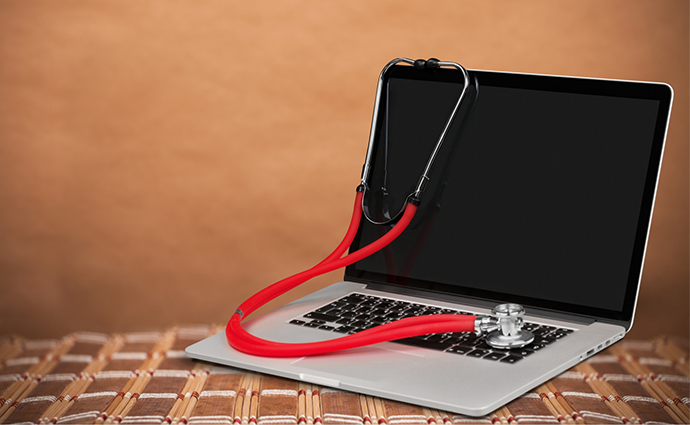Providence St. Joseph Gives DTC Telehealth a Boost With Video Care
The multi-state health system has launched ExpressCare Virtual, a direct-to-consumer telehealth service that gives consumers on-demand access to providers through an audio-visual platform.

Source: ThinkStock
- One of the nation’s largest health systems is expanding its direct-to-consumer telehealth service, offering on-demand, video-based care to residents in five Western states.
Providence St. Joseph Health rolled out its ExpressCare Virtual service earlier this year, expanding on a connected health platform launched in pilot form in 2017. Residents in Alaska, Washington, Oregon, Montana and California can access healthcare providers through the Providence Health Connect mHealth app on website for a variety of non-acute issues, including infections, sore throat, stomach issues, skin conditions, colds and the flu.
The Washington-based health system joins a growing number of healthcare providers using a DTC platform to offer virtual care services that would otherwise send consumers to the doctor’s office, retail health clinic or hospital, filling up waiting rooms and forcing both provider and patient to spend hours on something that could be handled online in minutes.
“This is the type of convenience that we need to create,” says Sunita Mishra, MD, MBA. Providence ExpressCare’s CEO. “This is frictionless care.”
"ExpressCare Virtual makes accessing care even easier with technology-enabled, easy-to-use tools to connect patients with quality providers,” Mishra said in a press release issued in January to introduce the new service. “Patients have more flexibility and can access care while on the go, at work, or from the comfort of their homes. Our hope is that by making care more accessible and creating fewer barriers, more people will seek care, especially those who may not be able to leave work, those who do not have transportation, or are home-bound."
Mishra says a lot of thought went into planning the virtual care component of this service, which began as a series of brick-and-mortar ExpressCare Clinics. For starters, the health system’s own providers had to be convinced that a telemedicine platform could deliver care as effectively as ab in-person visit, and that the encounter would be properly integrated with the electronic medical record.
Providence St. Joseph created its own team of providers dedicated to ExpressCare Virtual, and Mishra says that group quickly developed its own virtual bedside manner. They also had to learn how to accommodate the 30 percent to 40 percent of patients who are new to the health system, and create a process for handing off the 25 percent of patients who can’t be treated through telehealth and need to be transitioned to another level of care.
“We’re bringing in a new demographic,” she says of the patients – primarily younger ones – who don’t have a primary care provider and see virtual care as their one interaction with the health system. “How do you keep them interested? How do you keep that communication going with them?”
Today’s DTC telehealth platforms fall into two categories: asynchronous, or store-and-forward, services that allow both patient and provider to log into an online system at their own convenience to enter and access information, and real-time services that combine audio and video. Mishra says Providence St. Joseph chose the latter.
“To us, asynchronous (telehealth) had a lot of layers and hand-offs that we didn’t really want to use or have our patients use,” she says. “This is a new modality of care for folks, but we felt that people wanted the personal touch of a video connection, and that they would be more comfortable with it.”
Mishra says the health system also had to work to dispel a common misperception of online care.
“People are so trained to get care Monday through Friday, from 8 a.m. to 5 p.m.,” she says. “We really had to educate them that this is a care option at any time.”
Going forward, Mishra says the health system wants to explore an asynchronous platform for regular patients who already have their data in the health system and want the convenience of logging in to ask a question or get a quick opinion. In addition, they want to expand the reach of their mHealth platform to reach people in other states, as well as those who are travelling.
“Sometimes all they’re looking for is someone to reassure them this it isn’t serious,” she says, “or they’re calling from the car while they’re driving from home to work and they don’t have any other time to do this. We know that we’re on to something here, and it’s giving patients what they want and need.”
